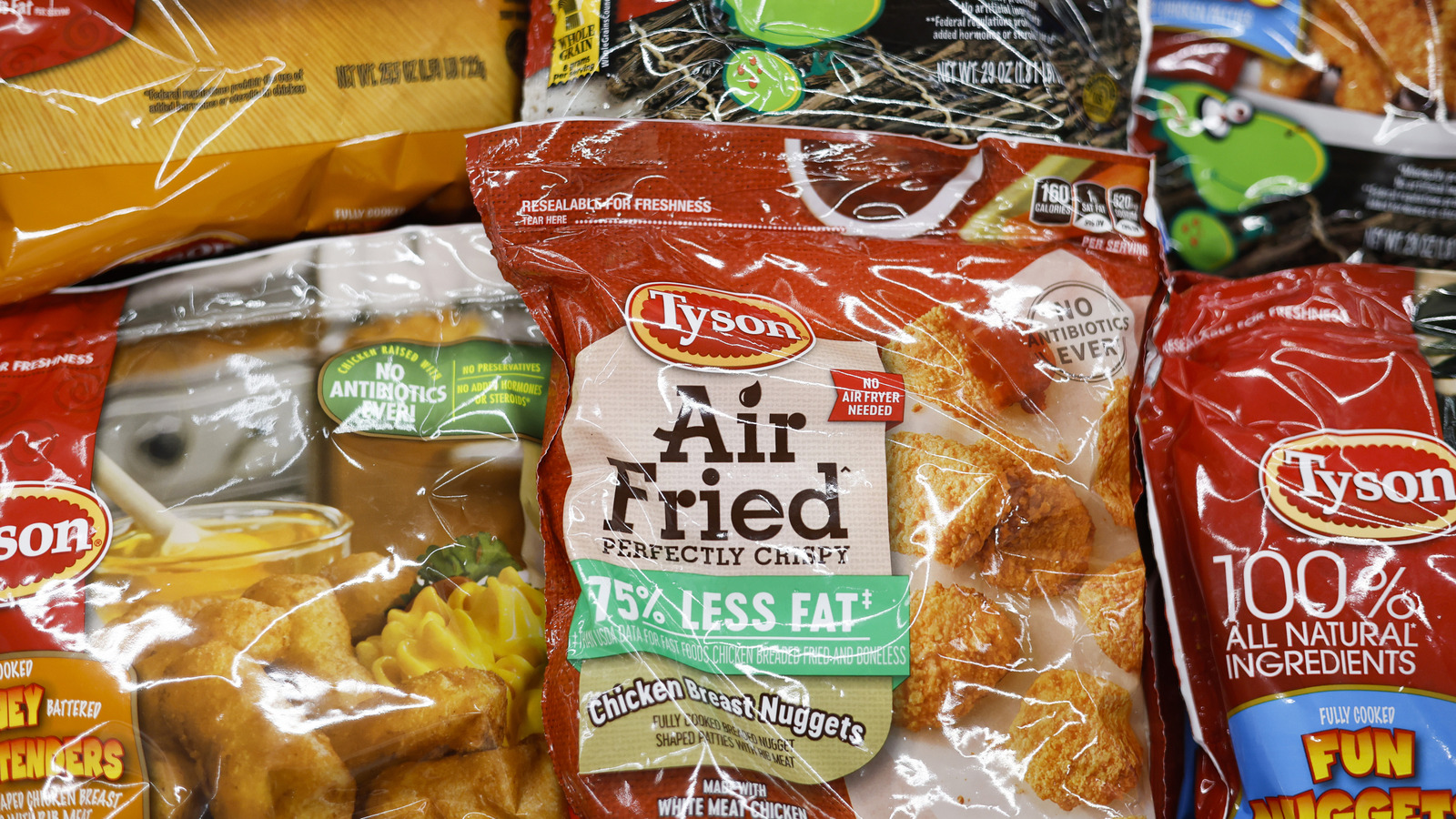
"News about food packaging is everywhere these days - from debates over plastic waste harming the environment, to concerns about microplastics entering our bodies and what that means for our health. Yet there's one impact of packaging we rarely talk about, even though it affects us every time we eat: how packaging influences flavor. While the primary purpose of food packaging is to make storage and transport easier and to protect food from contamination in order to extend shelf life,"
"Food packaging comes in a variety of materials, each chosen for its ability to preserve and transport food. The most common types include metals like aluminum and steel, glass, wood derivatives such as cardboard and paperboard, and various plastics. While designed to keep food safe and extend shelf life, these materials can also unintentionally affect flavor. Acidic foods in metal cans, for example, may develop a metallic taste from reactions with the lining."
"Plastic packaging can change the taste and smell of food when the packaging material starts absorbing volatile compounds responsible for a food's aroma and flavor. This process is called flavor scalping. While volatile compounds such as esters and aldehydes naturally contribute to a food's taste and smell, plastics can unintentionally trap these molecules, weakening the overall flavor over time. It's similar to how a sponge soaks up liquid, but in this case, the "soaking up" steals the very elements that make the food enjoyable."
Food packaging protects products, facilitates storage and transport, and extends shelf life. Packaging materials include metals (aluminum, steel), glass, wood derivatives (cardboard, paperboard), and plastics. Metals can react with acidic foods, producing a metallic taste. Paper-based packaging can transfer chemicals that cause stale flavors, particularly in dairy. Plastics can absorb volatile aroma compounds like esters and aldehydes, a process called flavor scalping, which weakens taste and smell over time. Flavor scalping reduces the concentration of volatile molecules responsible for aroma, diminishing sensory enjoyment even when food remains visually and texturally intact.
Read at Tasting Table
Unable to calculate read time
Collection
[
|
...
]